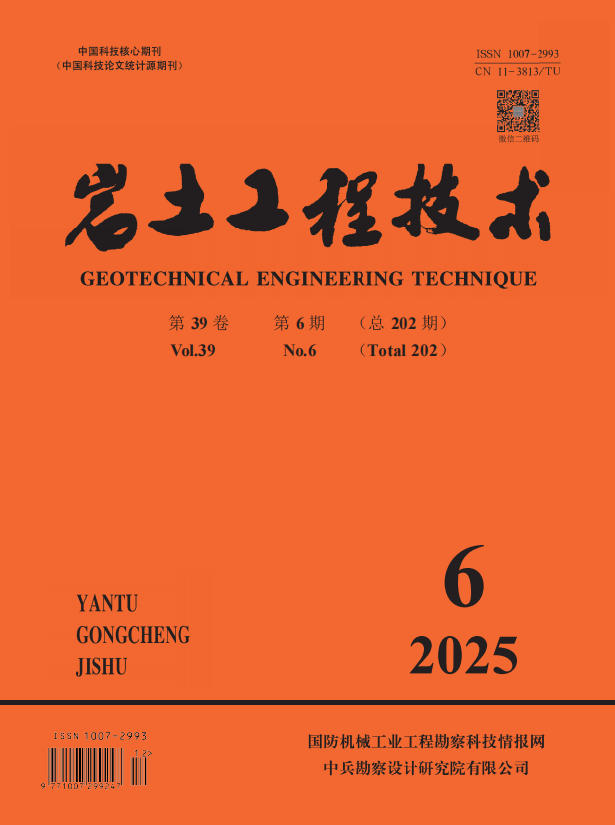Abstract:
Under the combined influence and action of long-term environmental pollution, the wall structure of Deshengbao on the Ming Great Wall has developed cracks, hollowing and cracking, erosion of the wall foundation, alkalinity, and plant root system diseases. In this research, the three representative wall areas of Deshengbao were detected by ground-penetrating radar technology. The ground penetrating radar profiles showed that the condition of the repaired city wall has improved, especially the repaired ancient city wall with the traditional technique of layer-by-layer ramming process. The continuity of each layer of the ramming layer is perfect, and the thickness of the ramming layer of 0.02 m can be obtained easily, which can effectively prevent cracks, hollowing, capillarity, plant roots, and other diseases. Although the adobe brick method may have helped preserve the city wall, the long-term preservation effect of the wall is not the best due to the uncompacted adobe brick, which is easy to provide conditions for capillary water, natural precipitation, animals, and plants to produce cracks, hollowing, plant roots, and other diseases. So the method of ground penetrating radar can quickly detect the preservation status and repair performance of the ancient city wall, which is suitable for large-scale investigation of the ancient city wall.



